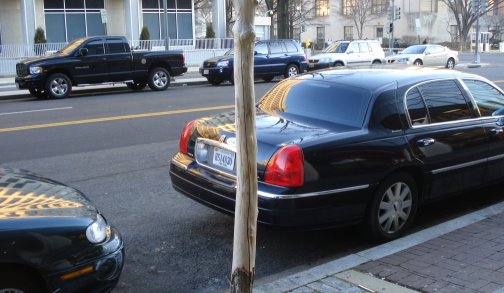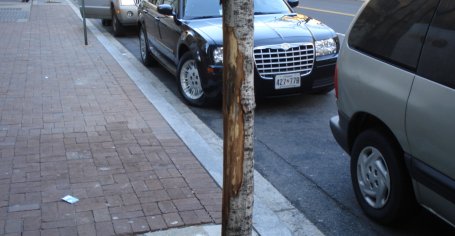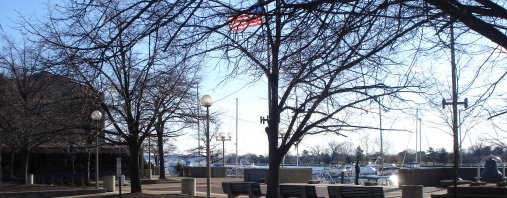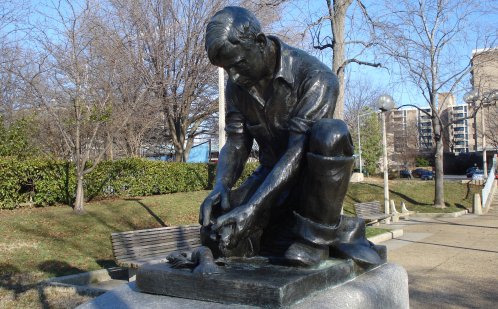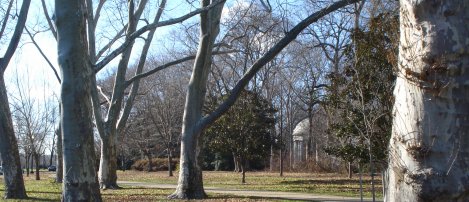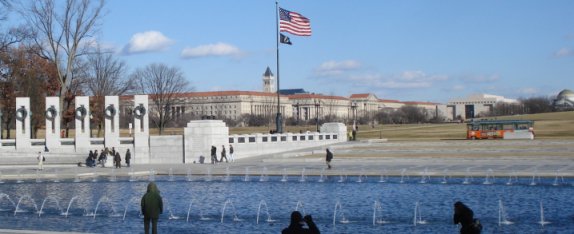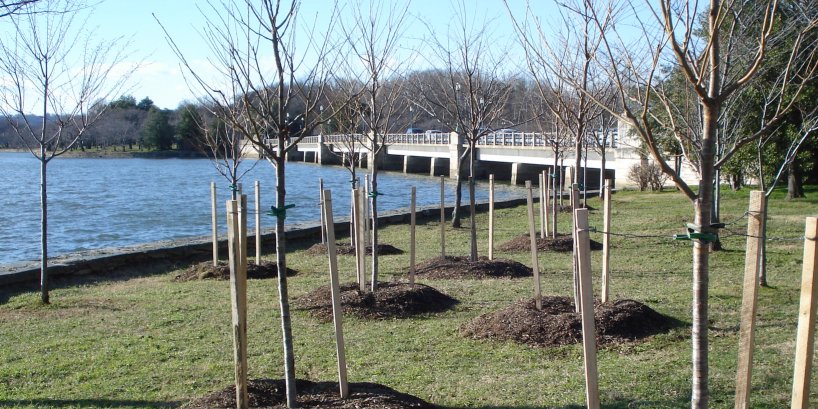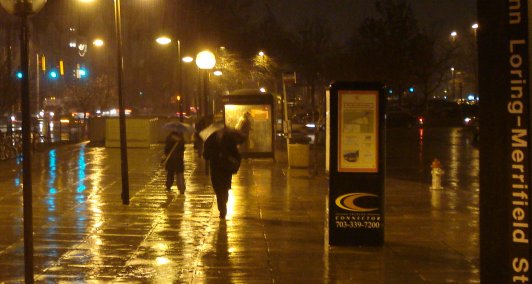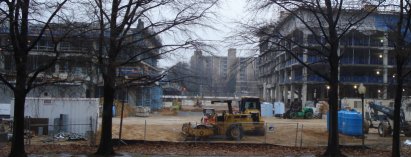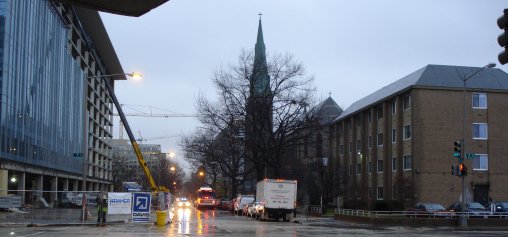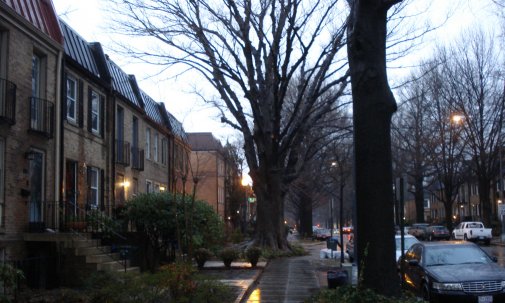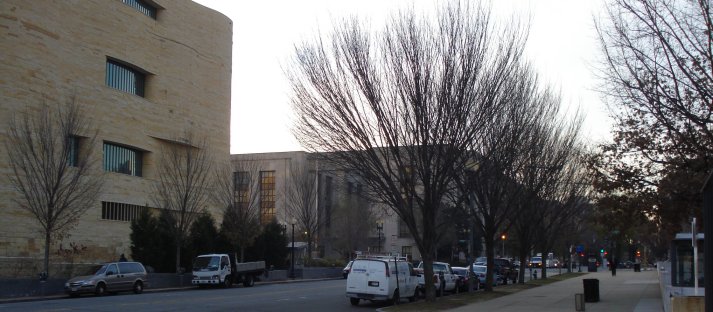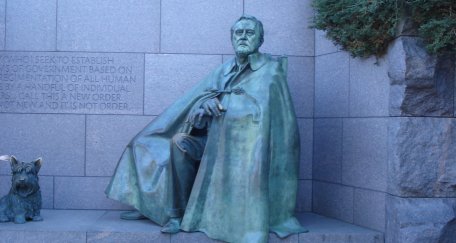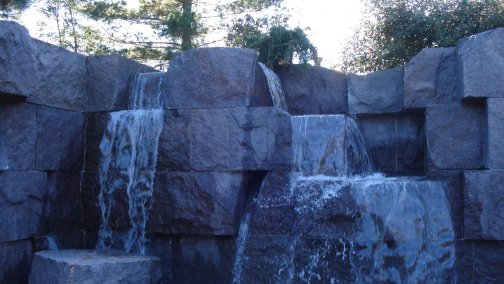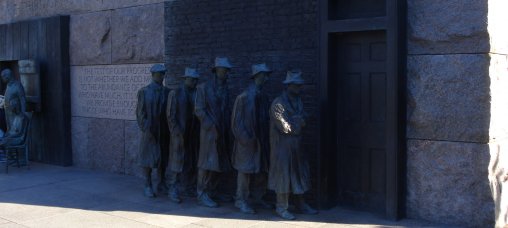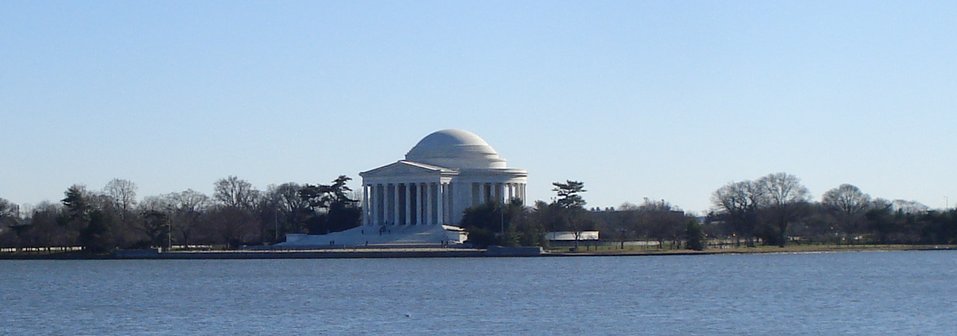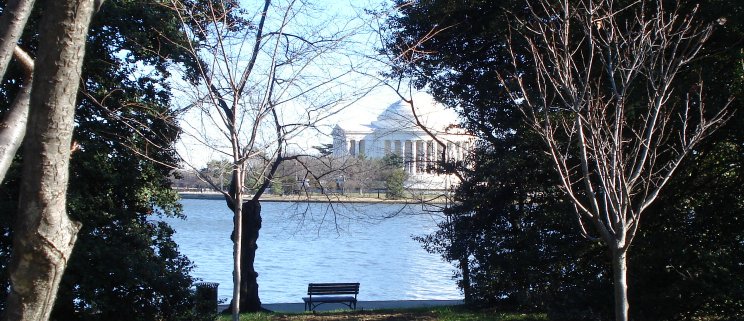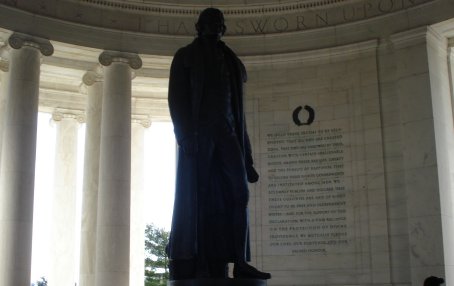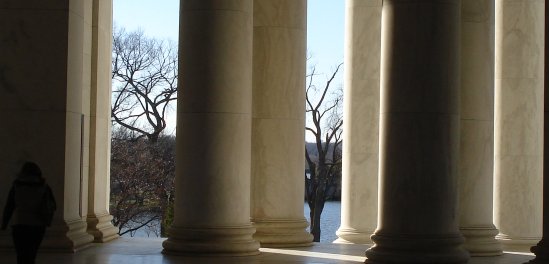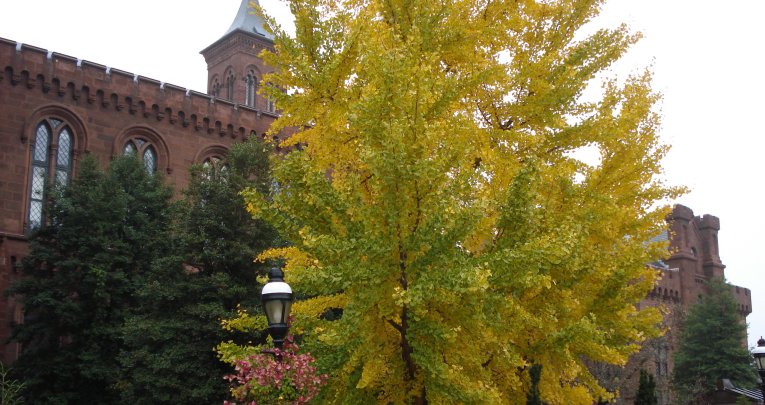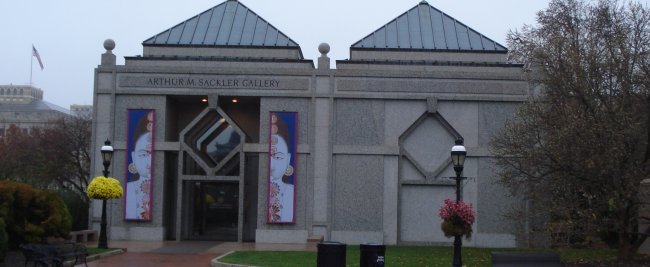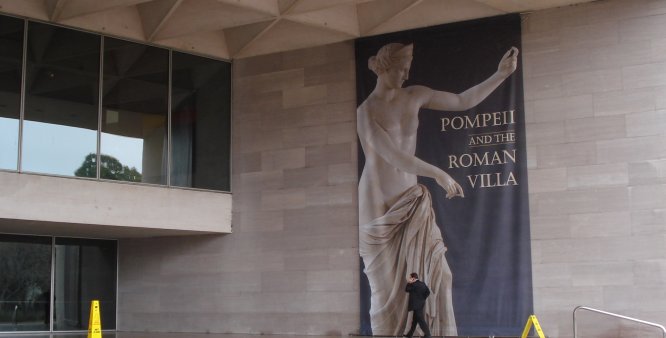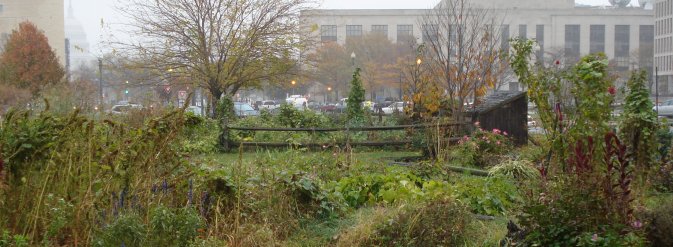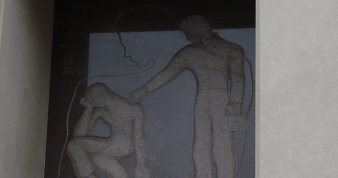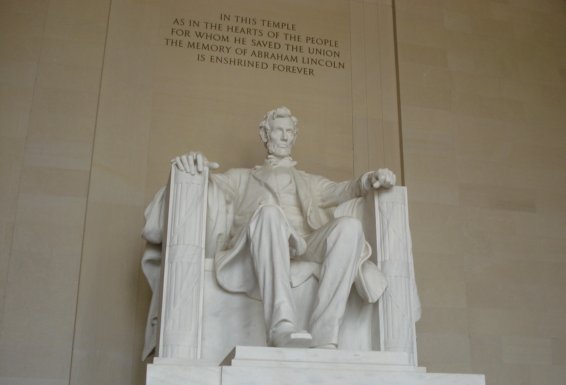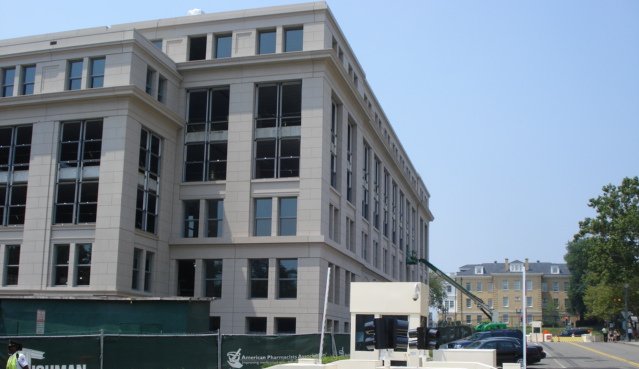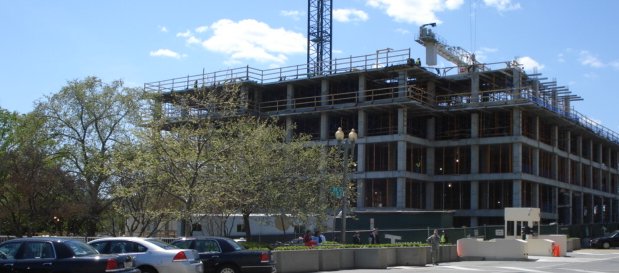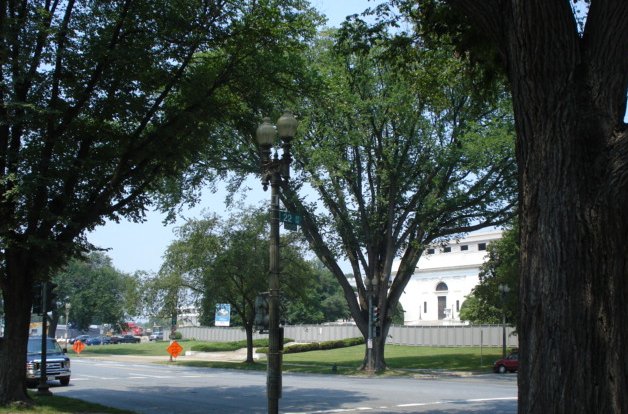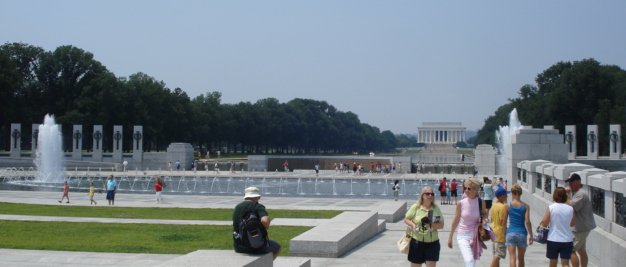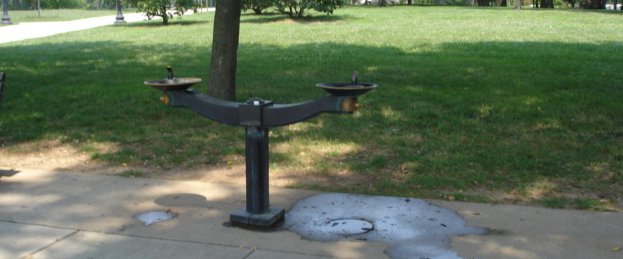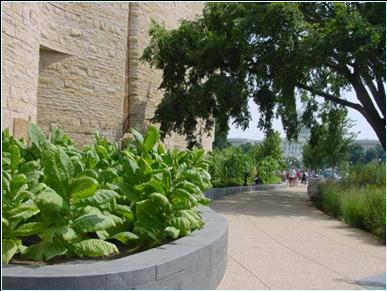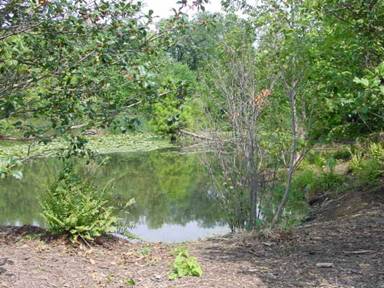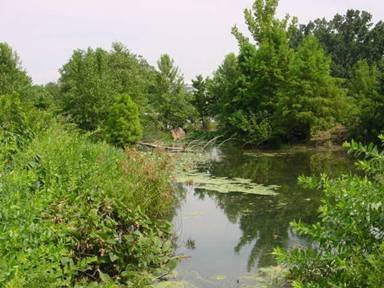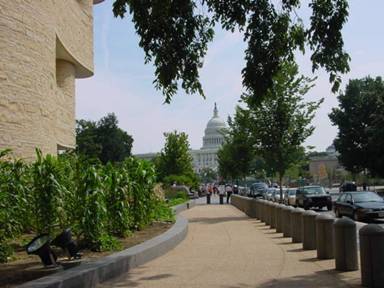Below are apartments in Washington SW. They are an early example of slum clearance, rebuilding and low income housing. According to the sign nearby, they were built during the 1930s. I like the neighborhood; it is a great location with lots of nice trees and open space. They are now being converted to condos, probably expensive ones. So there will be these expensive places – newly affluent former low income housing, amidst the current low income housing.
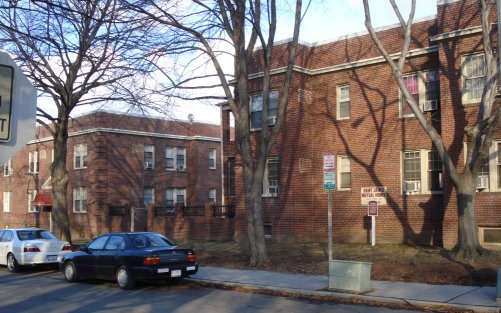
Everything gets its cable television marathon sooner or later. AMC recently featured a “Death Wish” marathon with a couple “Dirty Harry” movies thrown in. These movies were wildly popular. They made Charles Bronson famous and inspired spin offs. The movies really were not very good and the premises were ridiculous (like most action movies). They were popular because they caught a cultural wave and connected with ordinary people’s fears and anger. They were made at a time when societal norms were breaking down and crime was spiking up. It seemed like the cops could do nothing and that the crooks could get away with anything. If the cops did manage to make an arrest, weak minded judges would let them out, citing the need to go after the “root causes” of crime.
Below is vandalism. Somebody put a lot of effort into pulling these benches apart. As I wrote in the earlier caption, this is a nice neighborhood, but some of the neighbors are not well behaved.
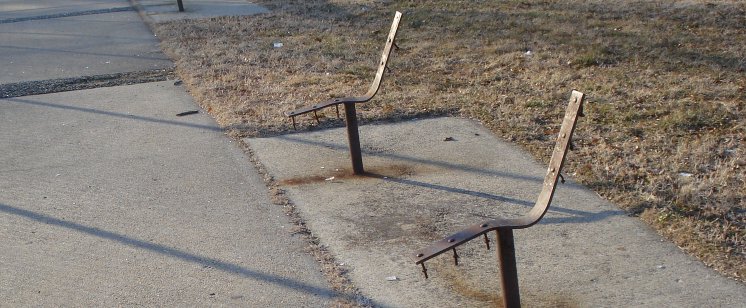
Crime rates started to come down around 1990. Nobody can really explain it and there are certainly multiple causes, but an important factor was the prominence of the broken window theory. If you look at the pictures above, you can see how a few acts of disorder can make a whole area feel unsafe.
You can read the link if you want details. Generally, the idea is that disorder causes crime. If you want to cut big crime, you go after the little disorders. The most important root cause of crime is crime itself and the disorder it engenders. People who live disorderly lives usually end up poor and sometimes criminal but it is very hard to live an orderly life when you are surrounded by disorder and indifference.
Below is the progress of the construction. I have taken pictures of this before at earlier stages. I think it will be done by summer.
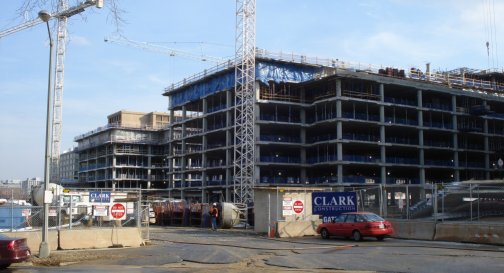
Attitude plays a big role in almost any human endeavor. I think that sometimes we lose the conviction that we have a right to impose order and when that happens disorder ensues. Being judgmental is unfashionable, but the ability to make reasonable distinctions is the mark of intelligence. The broken windows theory wasn’t a panacea, but it provided a base on which we could again make reasonable judgments. We could say with renewed conviction that some of the petty crime and antisocial behaviors were not okay. The subsequent success of welfare reform, which works from some of the same assumptions, helped win the intellectual battle. We still have some rear guard “root causes first” folks, although decision makers tend to listen to them indulgently and even talk their talk, they usually reject their practical advice. Our streets are safer and more pleasant and that is worth a lot.
Below – you can see the neighborhood has some attractions and good location. This is Delaware AV SW looking northeast. The new cars indicate the coming prosperity. The progress is regrettable in some ways. The poor people who live in the public housing enjoy the good location. They will be displaced by the improvements as their neighborhood moves farther upscale and high rent than they can afford.
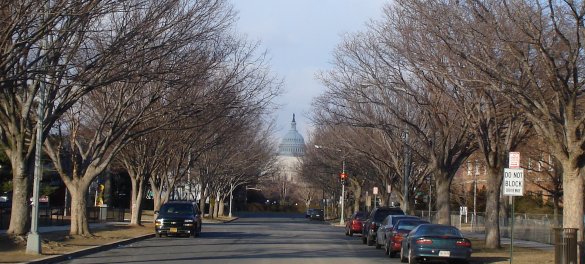
I don’t think we will ever get back to the low crime rates of the 1950s. Populations were not as mobile back then and it was easier to isolate, localize and control crime. * But there has been a lot of progress since the 1970s. I walk all around Washington in places that I would have feared to tread twenty years ago. The neighborhoods in the pictures is a good example. Even nice neighborhoods like Capitol Hill just up from here used to be dangerous after sundown. Today you can even go up to U Street at night. It is lively and a little sleazy, but certainly not the fearful war zone I remember inadvertently wandering into twenty years ago. Back in 1985 when I first visited Baltimore they warned you not to stray too far from the well protected tourist zones near the harbor and monuments. Today I don’t worry too much about Mariza living there.
Below is a street scene in Baltimore near where Mariza lives. The houses are nicer on the outside than inside for now. Old buildings are hard to fix. It is easy to put new brick on the facade, but the plumbing and wiring are nightmares. This picture is from November 2009.

BTW – Profound changes often stem from prosaic causes. Crime rates spiked in the 1960s for lots of reasons. We can blame all sorts of social breakdowns but cars and air conditioning also played roles. Most crime is committed by young males. If they don’t have cars, they are not very mobile. If they rip off the local grocery store, everybody knows who they are. The car not only makes getaways easier, it also allows them to go far enough from home where nobody knows them. Air conditioning is a more subtle cause. W/o air conditioning, people sit on their front porches or stoops on warm summer evenings. Neighbors get to know each other and everybody is keeping an eye on the street. Air conditioning isolates people within their homes with the windows closed, leaving the streets to strangers. These things are the realities of our society today and those are two of the reasons why I don’t think crime rates will ever drop to their 1950s levels. Of course, maybe modern surveillance technology will jump into the breach, but that is kind of scary.



